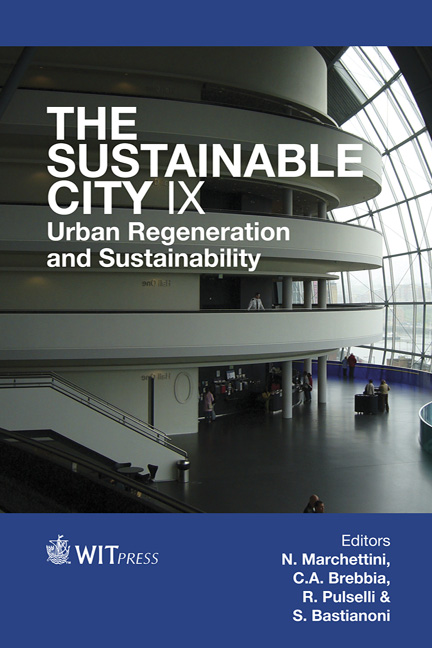Alternative Partnership Models For Water Governance: A Case Study In Armenia
Price
Free (open access)
Transaction
Volume
191
Pages
12
Page Range
1609 - 1620
Published
2014
Size
799 kb
Paper DOI
10.2495/SC141372
Copyright
WIT Press
Author(s)
N. Harutyunyan
Abstract
Since the 1980s, the governments in developed and developing countries have transferred from the public to alternative arrangements of public service provision with engagement of the private sector. The purpose of this paper is to examine the transition to public-private partnership models in the water sector in Armenia as a part of a process of the infrastructure industry reforms. In particular, it specifies the shifts in the water governance system, evolution, frameworks and performance of water utilities in provision of municipal water services under public-private partnership models. The paper shows that publicprivate partnerships in the water sector are going deeper and wider. Large scale privatization was introduced within a relatively brief time: in a decade reaching up to 63 percent of the population, which records the third highest level in Europe. To do it in politically acceptable way, case-by-case rather than rapid mass privatization approach was adopted. At this stage, there is a dominance of international private operators though with partial participation of local partner companies. Finally, the study reveals that transition to public-private partnerships had a positive impact on the sustainability performance of water utilities. Armenian utilities also succeed in performing quite well internationally.
Keywords
transition, public service provision, water governance, infrasructure reforms, privatization process, utility performance, sustainability, Armenia





